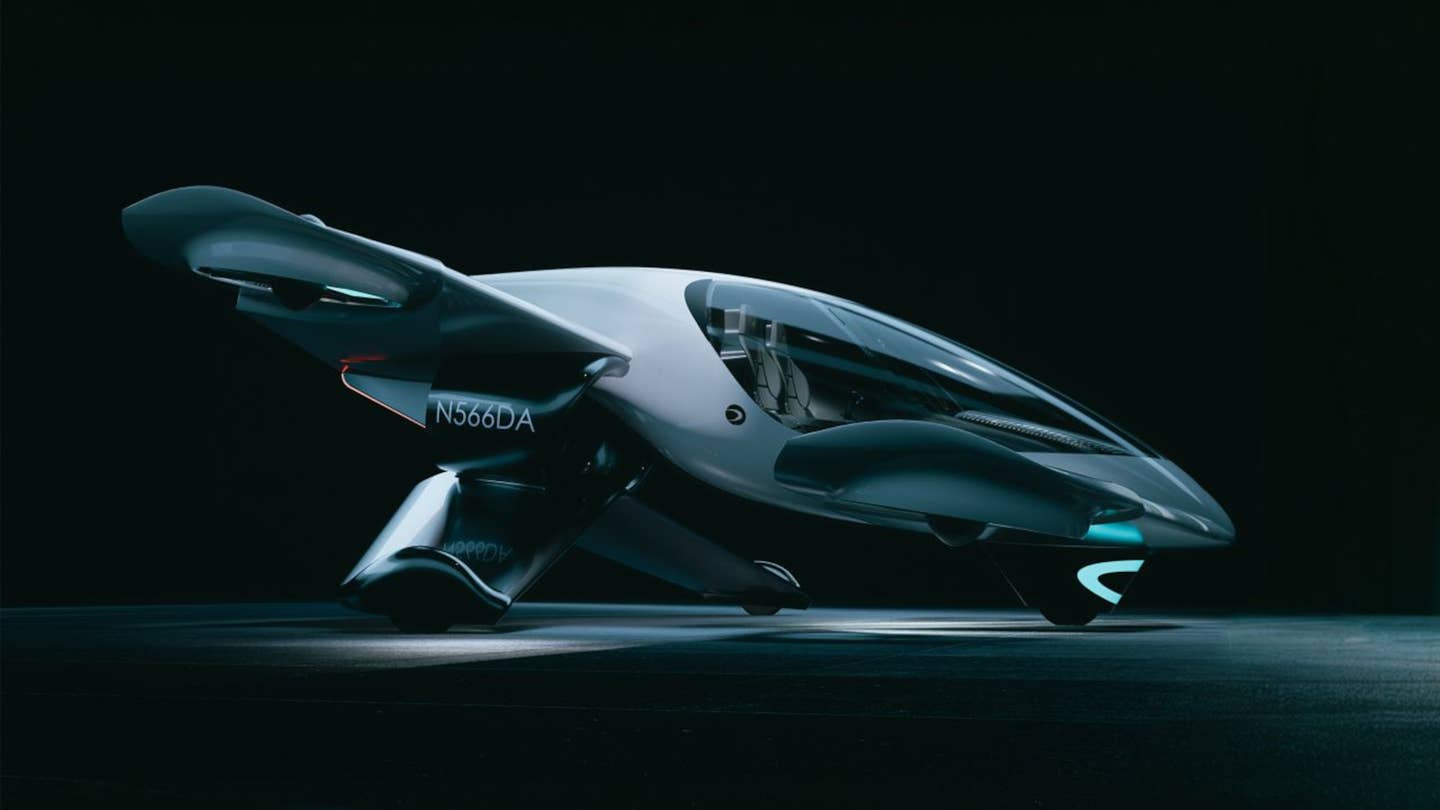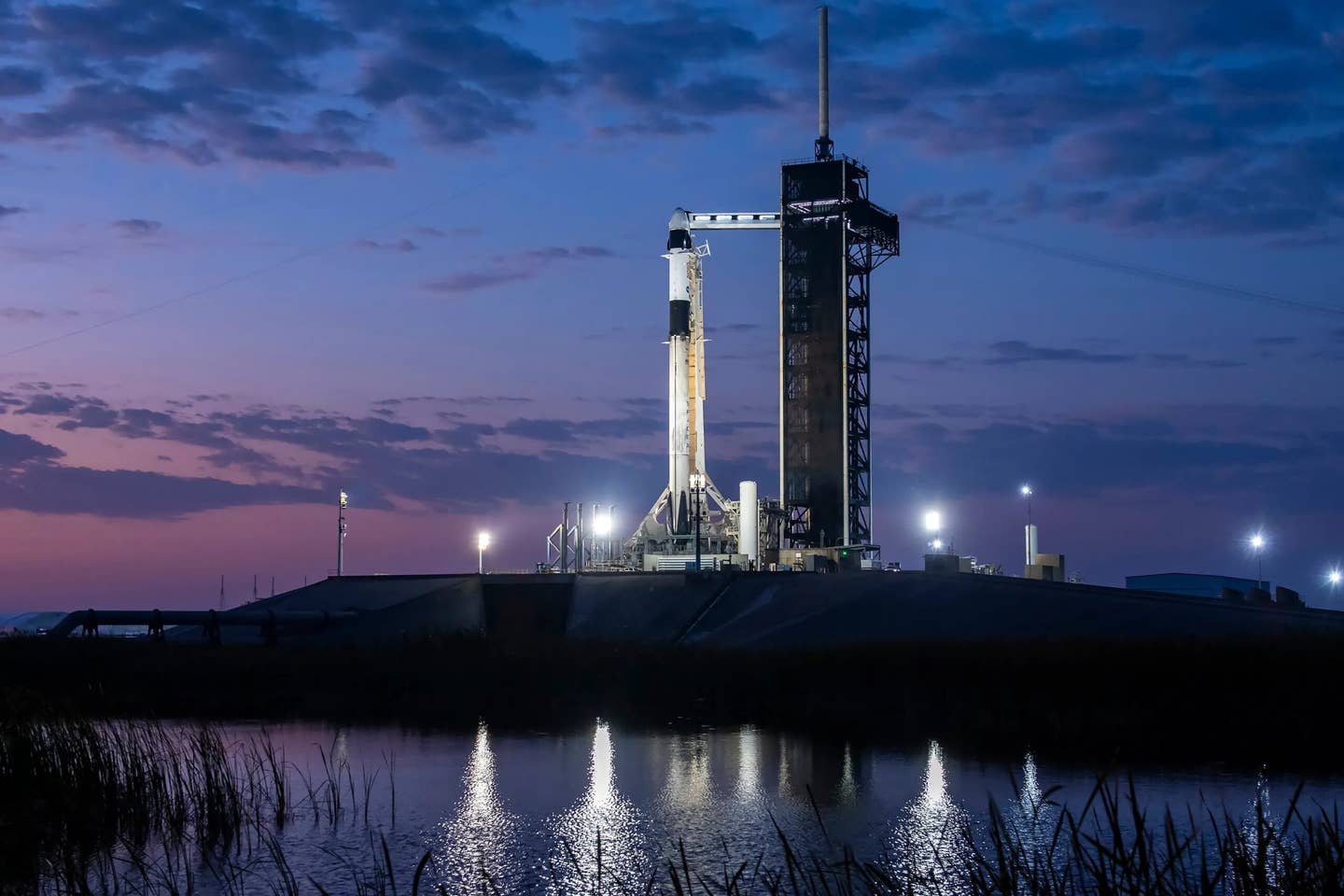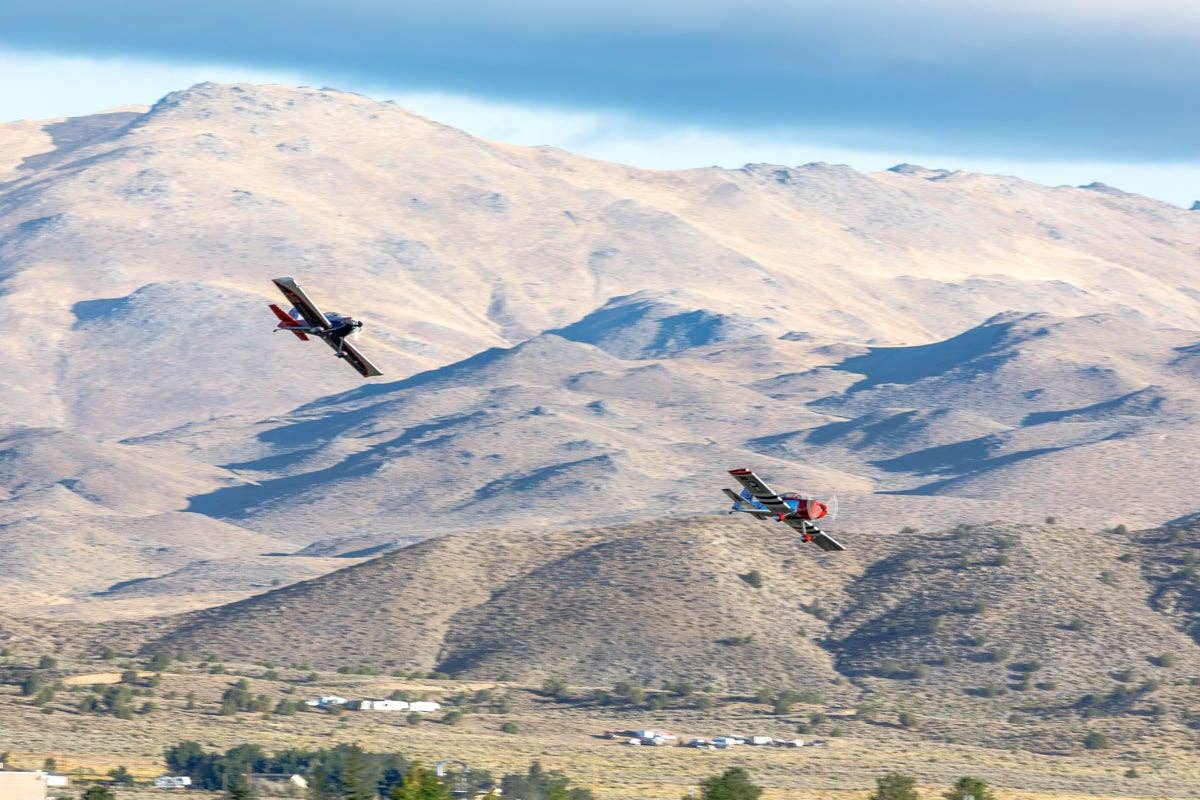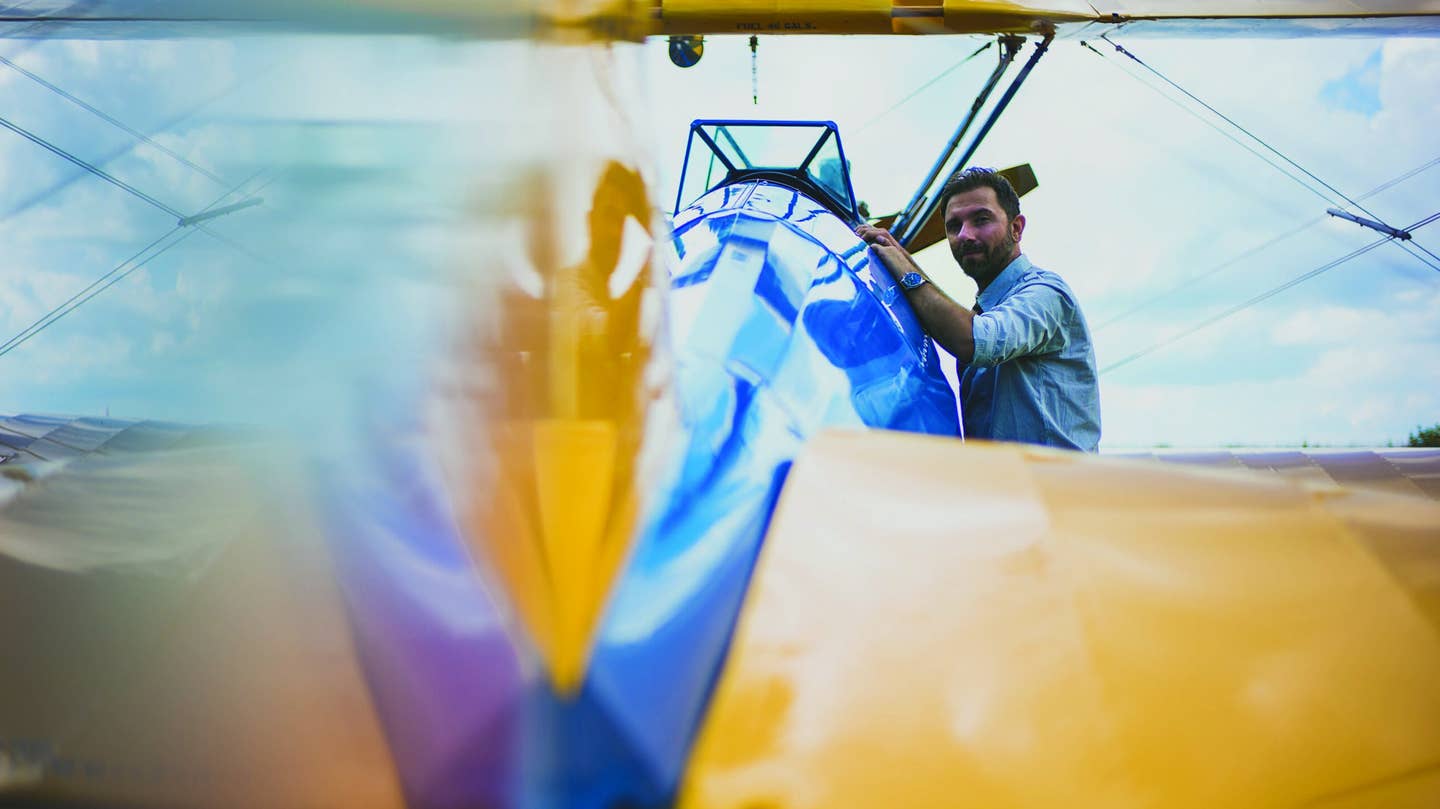World’s Most Powerful Telescope Reaches Major Milestone in Space
The James Webb Space Telescope unfolded its gold mirrors and is speeding away from Earth.

This artist’s conception of the James Webb Space Telescope in space shows all its major elements fully deployed. The telescope was folded to fit into its launch vehicle, and then was slowly unfolded over the course of two weeks after launch. [Illustration: NASA GSFC/CIL/Adriana Manrique Gutierrez]
The James Webb Space Telescope has successfully completed its deployment and is on its way to its final destination—1 million miles away from Earth.
Webb has been under close watch around the globe, as the world’s most powerful telescope unfolded itself in outer space this weekend. In a joint effort between NASA, the European Space Agency (ESA), and the Canadian Space Agency, Webb will look into the most distant galaxies in the observable universe.
“Today, NASA achieved another engineering milestone decades in the making. While the journey is not complete, I join the Webb team in breathing a little easier and imagining the future breakthroughs bound to inspire the world,” said NASA Administrator Bill Nelson in a statement Saturday.
“The James Webb Space Telescope is an unprecedented mission that is on the precipice of seeing the light from the first galaxies and discovering the mysteries of our universe. Each feat already achieved and future accomplishment is a testament to the thousands of innovators who poured their life’s passion into this mission,” he said.
The last major deployment of Webb was that of its iconic hexagonal gold-coated mirrors, which began on January 8 and finished the next day. The development came after the telescope successfully set its secondary mirror, tennis court-sized heat shield, and its smaller secondary mirror last week.
Each phase of Webb’s deployment was critical to its success—with no room for error.
“I am so proud of the team—spanning continents and decades—that delivered this first-of-its kind achievement,” said Thomas Zurbuchen, associate administrator for the Science Mission Directorate in NASA Headquarters in Washington in a statement. “Webb’s successful deployment exemplifies the best of what NASA has to offer: the willingness to attempt bold and challenging things in the name of discoveries still unknown.”
Webb had to be expertly folded into the nose cone of the Ariane 5 rocket in order to leave Earth, leaving mere inches of available space inside the compartment. The telescope is now on its way to an orbit around the second Lagrange point (L2), 1 million miles away from Earth.
Given the speed of light, Webb will receive images from the early stages of our universe, more than 13.5 billion years in the past. Now that the major components have been set in place, the telescope’s instruments will spend months cooling down to temperatures below negative 200 degrees Fahrenheit.
“The successful completion of all of the Webb Space Telescope’s deployments is historic,” said Gregory L. Robinson, Webb program director at NASA Headquarters in a statement. “This is the first time a NASA-led mission has ever attempted to complete a complex sequence to unfold an observatory in space—a remarkable feat for our team, NASA, and the world.”

Sign-up for newsletters & special offers!
Get the latest FLYING stories & special offers delivered directly to your inbox






